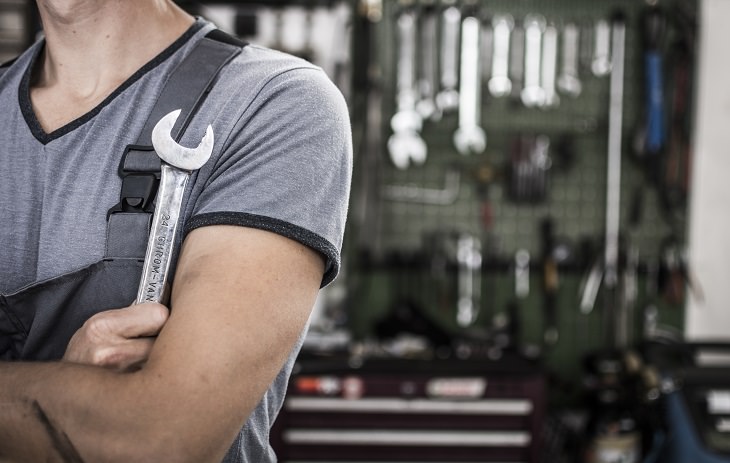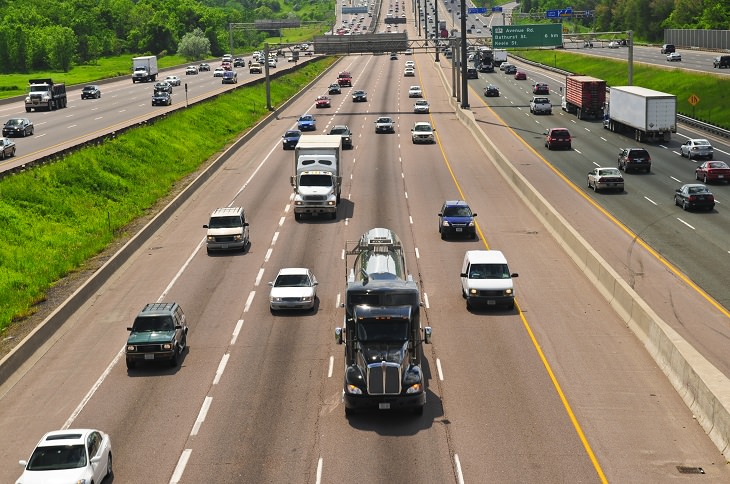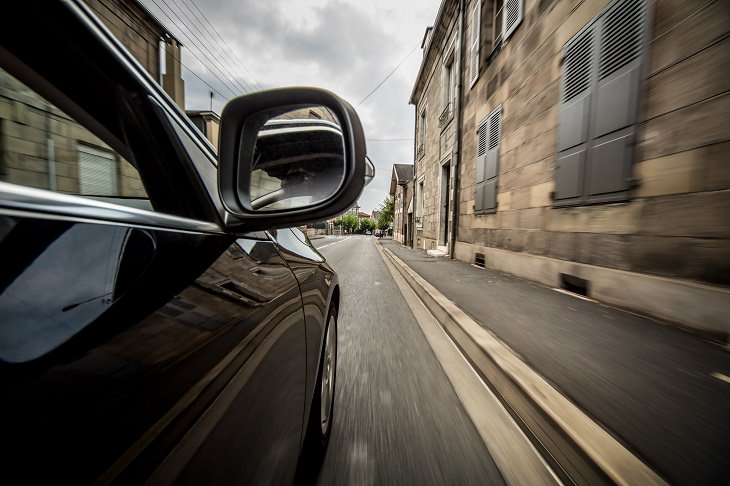
1. Keep Your Air Filter Clean
Air filters should be changed every 12,000 miles or so. Dirty filters restrict the flow of air to the engine, making it consume more fuel as it works harder to run.
2. Check Your Tire Pressure and Balance Regularly
Making sure your tires are inflated properly makes a huge impact on improving fuel economy. Under-inflated tires can actually decrease efficiency by up to 10% by creating extra drag between the road and the tire.
3. Grease Your Wheel Barrings
Properly greased wheel barrings help to prevent friction as your wheels turn, decreasing drag and increasing your fuel economy.

4. Consider Converting to Manual Transmission
Manual transmissions get better mileage than automatic ones since the driver controls when to switch the gears. Obviously, switching to a manual transmission is a big undertaking, but you should keep this in mind when shopping for a new car or replacing an old transmission.
5. Look into New Body Modifications
Some drivers, especially those who travel long distances frequently, have added body modifications such as a tail cone, skirt, or grill box to make the vehicle more aerodynamic, thus improving fuel economy.
6. Install an After-Market Air-Filter
The filters can increase the airflow to the engine, helping it run smoother and more fluidly to increase fuel mileage. You will need to know your vehicle’s make and model so you can buy the air filter that fits your needs.

7. Avoid Bad Weather
It’s not always possible, but when it is, it’s best to avoid driving in snow, rain, or high winds as this will impact your driving (making you drive slower) as well as the flow of traffic.
8. Skip Things Like Drive-Thru Windows
Even if you’re the only one at the window, you’ll still spend unnecessary time idling and using more fuel than if you park and start back up again.
9. Listen to Mellow Music
This may seem insignificant but listening to heavy music gets you driving faster and more aggressively. Calmer music helps you to slow down and drive easily – just another step in improving your fuel economy.

10. Reduce Drag by Closing Your Windows
Leaving your windows open creates more drag than using the AC or opening the air vents for the fan. This drag will slow you down, decreasing your fuel economy.
11. Use Overdrive
This changes your transmission into its highest gear as soon as possible, which is beneficial for your fuel economy.
12. Use Cruise Control – Sometimes
This is great for when you’re traveling on flat roads or if you’re breaking the habit of having a lead foot. However, for hilly roads, when you can coast down and use the momentum for the next hill, cruise control will get in your way of improving fuel economy.

13. Shut Down the Engine When Feasible
Some people do this any time they have stopped for longer than a few seconds. However, this can cause hazardous in traffic and possibly lead to burning more fuel on starting the engine if you don’t have to wait too long. But, at long lights, or in traffic accidents where you’re at a standstill, shift into neutral and turn the engine off to save fuel.
14. Find the Best Route
When it comes to improving fuel economy, your route matters a lot. If you can take a route with fewer hills, stops, and traffic, you will save fuel because the conditions are better to increase fuel mileage.
15. Accelerate Slower
Gassing it when the light turns green burns more fuel than necessary. Instead, allow yourself to let off the brake and slowly accelerate up to speed.
Source: sustainablebabysteps
Images: depositphotos